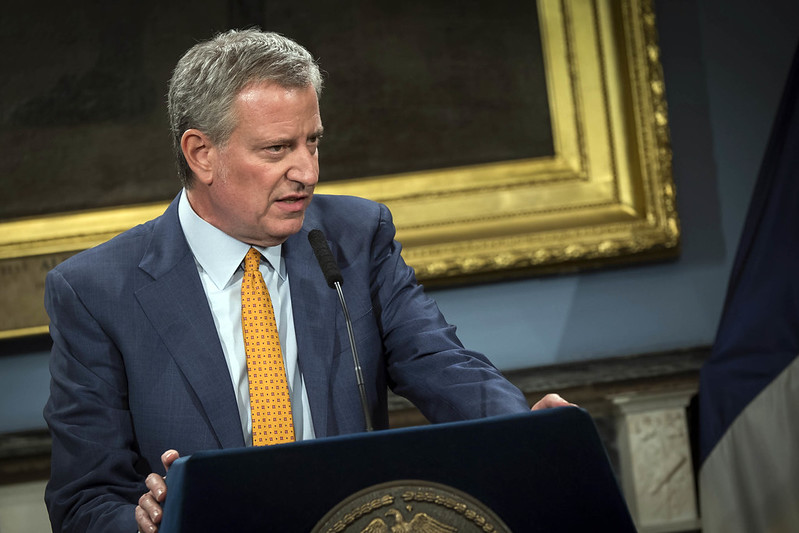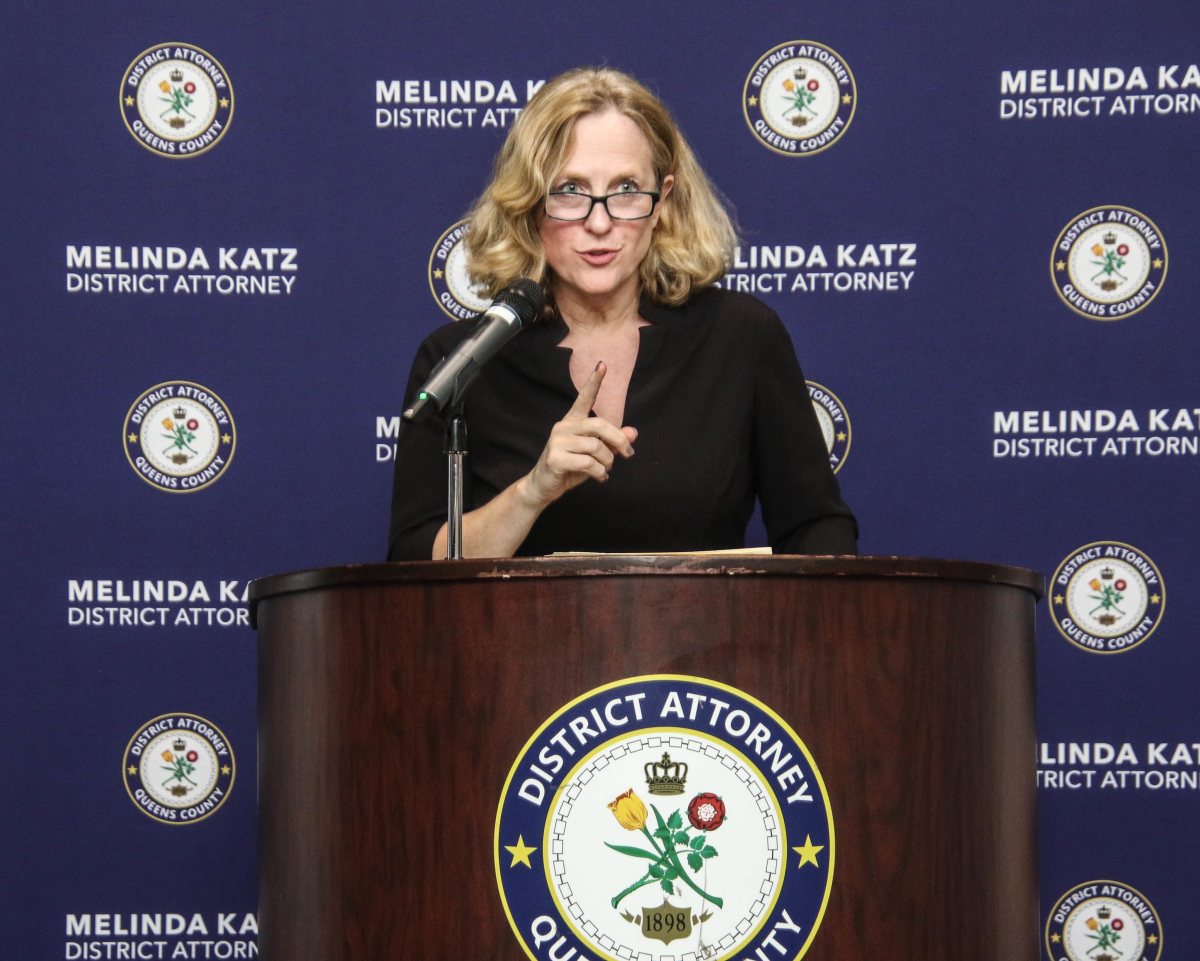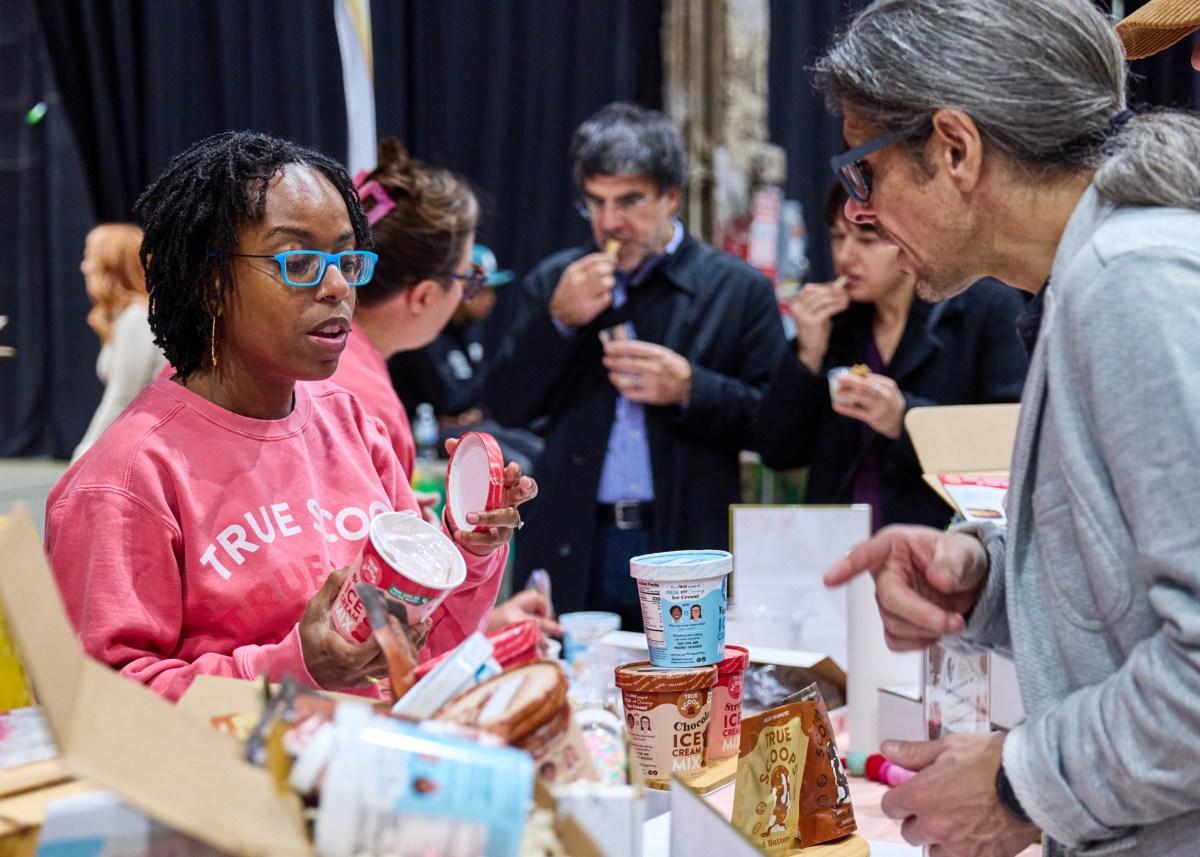The city will begin releasing additional data on novel coronavirus patients next week, Mayor Bill de Blasio announced on Thursday.
This Monday, April 13, the Mayor’s office will begin publishing information in real-time on the number of people admitted to hospitals for suspected coronavirus infections, people admitted to hospital Intensive Care Units for suspected coronavirus infection and the percentage of people tested who are positive for the novel coronavirus.
The data could help determine when and if the city will change social distancing rules, de Blasio indicated. The earliest such an ease would likely occur, he projected, would be about May or early June.
“When all of the data, all of the lines move in the same direction for a sustained period of time, that’s when we can start talking about [making] some of the rules and life a little easier,” said de Blasio during his daily coronavirus briefing on Thursday.
Those numbers would have to remain unchanged for at least 10 days, the mayor said, before he would consider even discussing relaxing any restrictive measures placed on the city during the coronavirus pandemic.
De Blasio called on New Yorkers to continue abiding by social distancing rules, shelter in place and to wear protective garb when leaving their homes to “earn their way” to the next phase of the novel coronavirus pandemic.
“We all have agency here, we all have power here, we all have the ability to make a change,” the mayor said.
News about the soon-to-be public data comes a day after the mayor’s office released preliminary numbers on the racial and ethnic breakdown of those who have lost their lives to complications from contracting the virus.
The mayor’s office published that data, which showed that Hispanic and black New Yorkers are dying at twice the rate of white New Yorkers from the virus, weeks after public officials called for its release.
Elected officials, like Public Advocate Jumaane Williams, are calling for even more detailed information on those that perished to be released, including the racial breakdown in testing rates.
Asked why the soon-to-be-released data was not released earlier during the pandemic, de Blasio claimed that his administration’s energy has been primarily focused on prepping city hospitals and he did not want to run the risk of releasing inaccurate information.
“In some cases there was data readily available daily data and in other cases it wasn’t as readily available or as consistent as we wanted,” the mayor said. “ We weren’t sure that putting it out there would not confuse matters.”
Governor Andrew Cuomo was less optimistic about any changes in social distancing rules coming anytime soon.
“I’m not going to guess when the data will say we should change our practices,” said Cuomo in his daily coronavirus briefing, shortly after de Blasio’s nearly two-hour long press conference ended Thursday morning. “I’m not going to say to anyone this is where I think we’ll be in three or four weeks. I have no idea. I don’t know if that curve goes up, if that curve goes down, it all depends on what we do.”



































